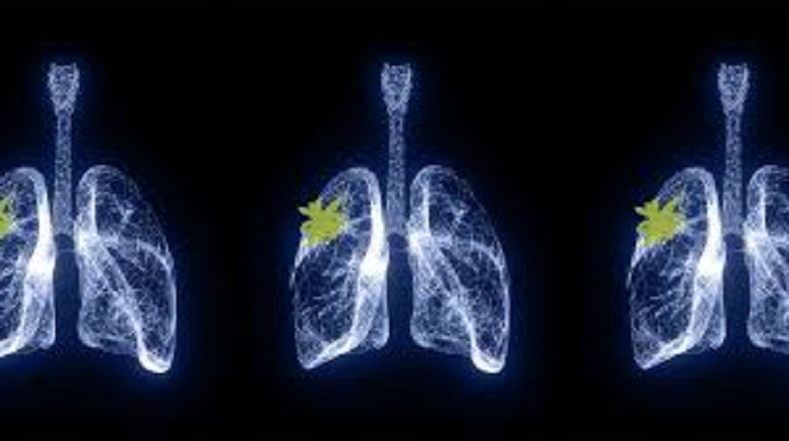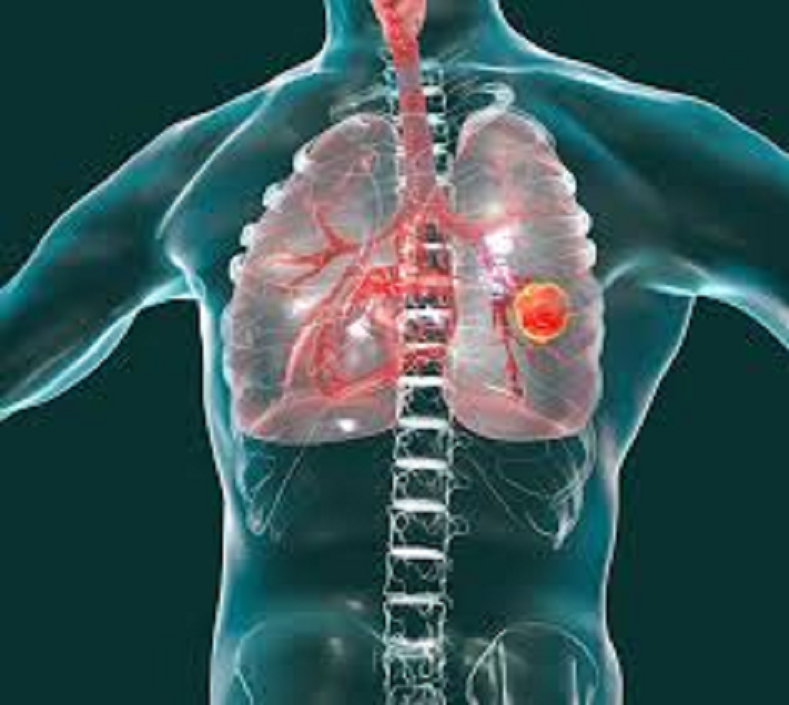How is lung cancer diagnosed? To what stage can the patient's life be saved?
- bySherya
- 31 Jul, 2025

Lung Cancer Diagnosis: How is lung cancer diagnosed, and at what stage can the patient's life be saved? If you get complete information about this, you can save yourself and your family from cancer.

Lung Cancer Diagnosis: Whenever the name of cancer comes up, fear and anxiety both come together in the mind. Especially lung cancer, which not only grows rapidly, but is also often ignored in the early stages of symptoms. This disease has become common among smokers, but now non-smokers are also falling prey to it.
In such a situation, it is very important to know how lung cancer is identified and at what stage the patient's life can be saved. Dr. Arvind Kumar has given important information on this subject, which everyone should know.
How is lung cancer diagnosed?
Early detection of lung cancer can be a bit challenging , as its symptoms seem like common cold, cough or shortness of breath. But if these symptoms persist for a long time, then one must consult a doctor. The process of investigation is as follows.
chest x - ray
The most common method for initial screening . It can look for any abnormal structures in the lungs.
CT scan
High- resolution imaging technology is used to closely examine the inside of the lungs.
Sputum Test
Cancer cells are detected by examining the mucus released during cough in the laboratory .
Biopsy
If a lump or suspicious area is identified, the cells from there are removed and tested to see if it is cancerous or not.
PET scan or bronchoscopy
These are advanced techniques that help in detecting the stage and spread of cancer.
Till what stage can the patient's life be saved ?
- Stage 1 : Cancer is confined to the lungs only . If detected at this stage , the patient's chances of survival through treatment are up to 70-80 percent .
- Stage 2: Cancer has spread to nearby lymph nodes , but treatment is possible. The recovery rate is about 50 percent .
- Stage 3: The cancer has spread to other parts of the chest. Treatment becomes more difficult, but can sometimes be controlled with chemotherapy and radiation .
- Stage 4: This is the final stage where the cancer has spread to other parts of the body. At this stage , treatment can improve the quality of life, but complete recovery is difficult.



